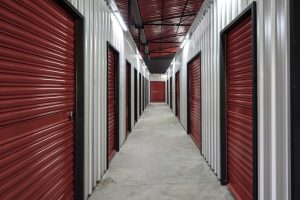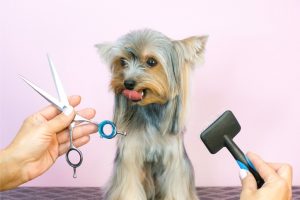
A lot of dogs experience fears and fears. They can be brought on by several factors, such as an absence of socialization at an early age or a traumatizing event. Scared dogs may crouch, get slobbery, tremble or bark, engage in destructive actions, and even get aggressive.
A dog who is scared can be difficult and uncomfortable. It takes time, patience, and determination to overcome phobias. If constant barking is causing a lot of trouble for landlords and neighbors, it may be challenging to treat the problem.
Dogs may become phobic or fearful of humans or other animals due to various causes. Consults with a vet, behavioral changes, and medication can ease these fears in some situations. However, each dog is unique, meaning that what works for one dog may not benefit another.
Dog Fears and Phobias
Professional help helps stop the escalation of the behavior. Owner intervention can assist in solving the problem or, at a minimum, prevent the fear from worsening if the worries are minor. Before you can help your dog, you must know what fears they are prone to.
Thunder
The dread of thunder, also known as astrophobia, is frequent in dogs. Each dog may have this fear to an individual degree. Certain people might have an aversion to thunder that is slight.
The fear of other noisy sounds might occur in dogs suffering from astraphobia. Most dogs are generally scared of loud noises. They start to feel scared when they hear thunder, fireworks, and loud music. They also hear the sounds of approaching vehicles or other noises.
Fireworks
The aversion to pyrotechnics is another typical dog phobia. The loud, unpredictably occurring sound and lights of fireworks make many dogs quake in dread, much as thunderstorms scare dogs. Dogs that experience fear can flee and get lost.
Certain dogs’ fears of fireworks can be treated by slowly acclimating them to the sound. It is possible to use management strategies in different circumstances. Anti-anxiety drugs or sedatives may be needed for dogs with severe fear of fireworks. Consult a dog trainer about puppy training tips and tricks.
Being Left Alone (Separation Anxiety)
Separation anxiety is a term to describe the fear of being in the house alone. When owners leave the house, dogs with separation anxiety frequently engage in destructive activity. The excessive barking and the frequent breaking of places, when left alone, are also signs.
Training a dog to remain in a crate when the owner is away could be helpful. It is recommended to use animal medicine if separation anxiety is severe.
Veterinarian
It is expected that dogs experience anxiety when visiting the vet. Unpleasant odors, unaccustomed handling, restraint, and vaccinations are often part of a dog’s first visit to a vet. Understandably, dogs will soon get scared of visiting the vet.
If no other fears are evident, a dog’s fear of the vet may be treated by just having a couple of social outings without an examination. If your dog maintains its composure, lavish it with praise and reward.
Going Up and Down Stairs
Before putting his dog on the brakes when they come to an incline, an owner of a dog may not be aware that he fears climbing the stairs. This is typically due to the lack of socialization and exposure for dogs if the dog isn’t introduced to stairs, while a small puppy may later acquire a phobia of climbing the stairs. Look up “Dog day care franchise opportunity” for the best results.









